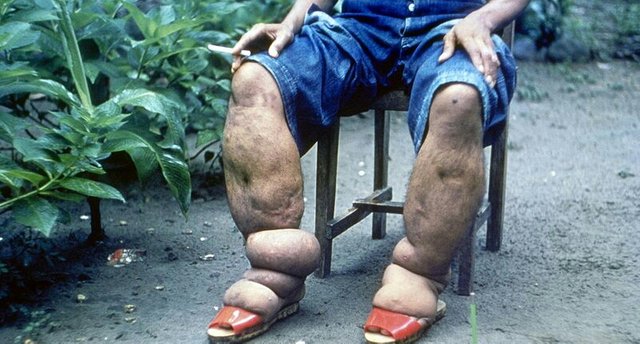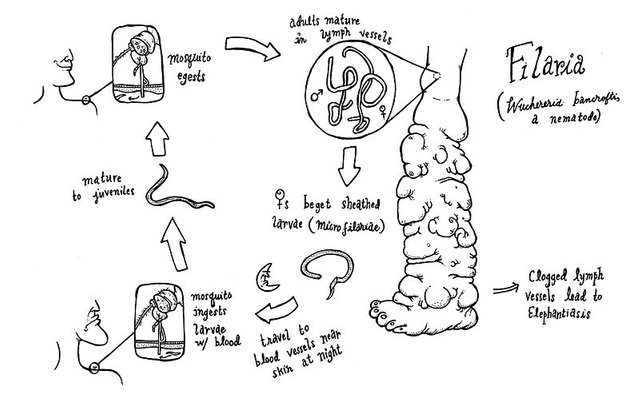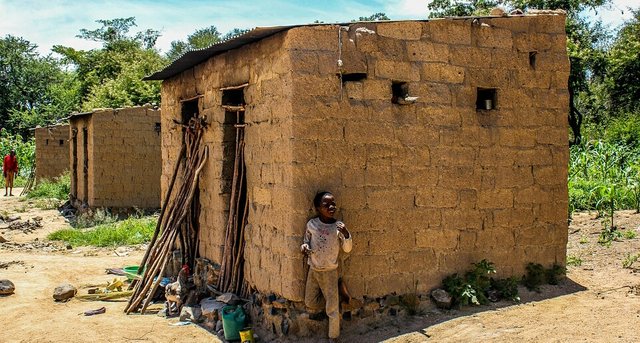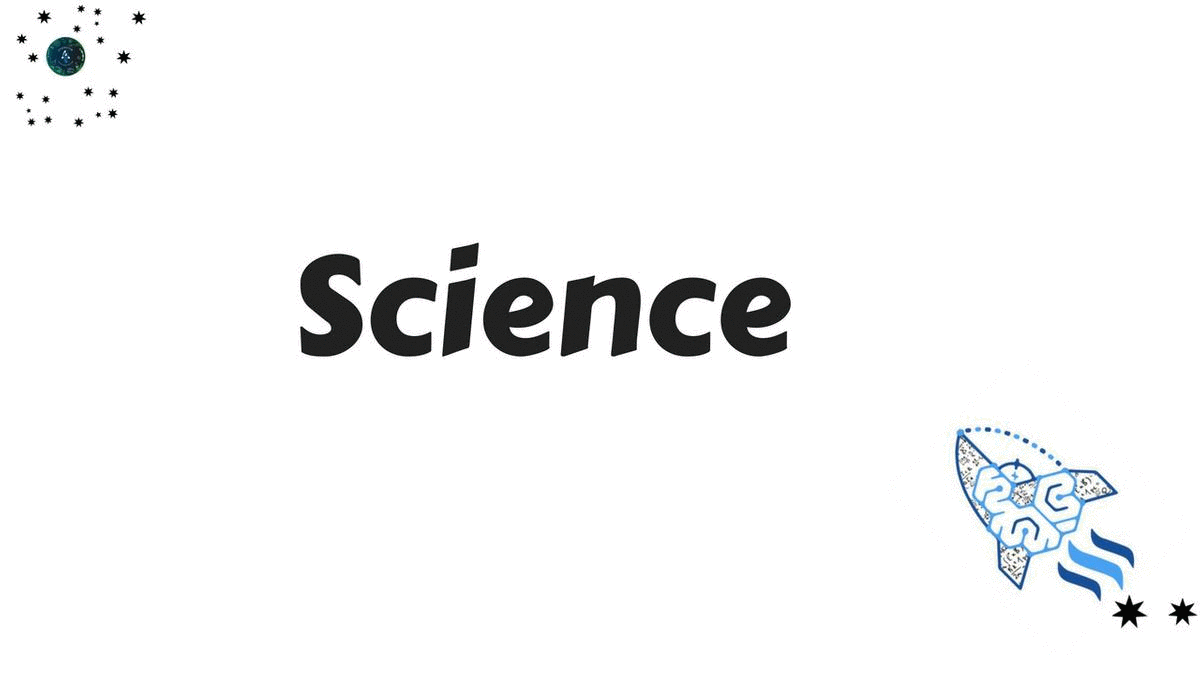The Prevalence of Neglected Tropical Diseases and the need for urgent interventions on its management and control
The drive to end outbreaks of diseases has gained worldwide attention over the years. Kudos to many Government and Non-Governmental Agencies who have joined hands to eradicate many life-threatening diseases. However, there seems to be some diseases that have received less attention or probably ignored during these periods and have turned out to be a thorn on our neck.
The first time I heard about the name "Neglected Tropical Disease" was during my secondary school days. This name has since then got me wondered which kind of disease was neglected untill it boomranged and then given the same name. Little did I know that they are re-occurring diseases found to majorly break-out in deprived rural poor areas.

A typical Neglected Tropical Diseases on Wikipedia commons CC BY SA 3.0
"Ohhh, they are majorly found and seems restricted to far remote rural areas... "this gave me a little relieve. But still, I kept asking myself why those infected were neglected and why their health seems not to bother us; are they not humans like us?... many of such questions kept striking my mind. My inquisitiveness led me to do a little findings on the subject matter in which I am sharing today.
I got to know that the explanation for this generic name was not because it was neglected or taken lightly by Governments or Health Organisations but because the areas or people affected by the diseases did nothing whenever the outbreak was noticed. These set of people were reported to be the poorest populations found in remote, rural areas, urban slums, natural disaster prone or conflict regions.
.jpg)
World Map showing areas prone to NTD Wikipedia commons CC BY SA 3.0
It is however dissapointing to now hear about several outbreaks in developing and developed nations and money budgeted to curtail its spread.
According to the World Health Organisation, these diseases are now dominant in about 149 countries around Africa, Asia and Latin America with over one billion people been infected and cost of treatment worth billions of dollars every year source
Neglected Tropical Diseases (NTDs) are unique set of communicable diseases found to mostly occur in tropical or subtropical regions. The climatic conditions of these regions characterized by hot and humid weather is one of the many reasons why they were generally referred to as ‘Neglected Tropical Diseases’.
Such diseases are ascariasis, Buruli ulcer, Chagas’ diseases, Dracunculiasis (Guinea worm disease), Trachoma, Trypanosomiasis, Dengue Fever, Schistosomiasis, River Blindness, Lymphatic Filariasis, Onchocerciasis, Soil Transmitted Helminthes, Cysticercosis, Dengue fever, Echinococcosis, Fascioliasis, Human African Trypanosomiasis (African Sleeping Sickness), Leishmaniasis, Leprosy (Hansen’s disease), Lymphatic filariasis, Rabies, Soil-transmitted Helminths (STH) (Ascaris, hookworm, and whipworm), Yaws etc
However, allow me to discuss three of the cases that is most prominent in my region one after the other under the headings; case definition, life cycle and diagnosis.
Onchocerciasis (River Blindness)
Onchocerciasis is a scientific term used to describe cases where a person has a painless nodules or swellings under the skin or a condition called leopard skin. The lifecycle begins when a female blackfly injects blood from an infected person into another susceptible person, baby worms from the blackfly are transferred into another person’s skin when the blackfly bites them.
However, we need to understand that both the male and female adult worms in the infected person skin can live up to 15 years producing several baby worms. In this process, the baby worms migrate round the skin throughout the body causing skin rashes, intense itching and leopard skin. When the baby worms enter the eye, the resulting condition is referred to as River Blindness.
.png)
Lifecycle of Onchocerciasis Wikipedia commons CC BY SA 3.0
The Diagnosis is done by taking a small pinch from the waist and examined for baby worms under a light microscope. An alternative diagnosis is to palpate the skin for nodules.
Schistosomiasis (Bilharzia)
Schistosomiasis is a term used to describe a condition where any person, particular a person below 15 years old has blood in his or her urine. The onset of the life cycle is revealed when an infected person urinates blood that has bilharzia eggs in an open river where people drink or bath inside. Then the eggs hatch and grow to become sharp and slender to become bilharzia baby worms.
However, transmission progresses when another person swims or enters the same river which makes the worm to penetrate the skin and travel through the body to the bladder, then to the intestine and then to the liver where they develop fully to become adults and begins the production of eggs in millions.
The major reason why there is blood in the urine is because the bilharzia eggs destroy the bladder wall as they made the effort to exit from the bladder of an infected person wall leading to bleeding. However, diagnosis is done on the infected person’s urine for eggs of bilharzia worms when examined under a microscope.
.png)
Lifecycle of Schistomiasis Wikipedia commons CC BY SA 3.0
Elephantiasis (Lymphatic filariasis)
Elephantiasis is a term used to describe a condition where a person has swellings on the limb or scrotum. The life cycle begins when a female mosquito bites and transfer blood into an infected person leading to an appearance of baby worms under the infected person’s skin to the mosquito. So, when the baby worms are injected into the skin of a susceptible person, the baby worms are transferred into the skin.
The life cycle process continues when the baby worms migrate to the blood stream and mature into adults within 6 months leading to the production of millions of baby worms. However, the adult female worms can live up to seven years producing millions of baby worms. The baby worms eventually block the streams leading to swelling in the legs and scrotum. Diagnosis is done by taking a small amount of blood and examined under a microscope.

Lifecycle of Elephantiasis Wikipedia commons CC BY SA 3.0
Why Neglected Tropical Diseases should be taken seriously
● These diseases results in inability to work and carry out normal day to day activities, thereby leading to poverty.
●Those with skin diseases and scrotal sac swelling in the case of elephantiasis may find it difficult to marry or maintain their marriages.
●Intense conditions such as River Blindness lead to blindness
●Vast farm mass are deserted during outbreak leading to reduction in food production as seen in the case of river blindness
●Some of these conditions results in low blood level in the body leading to poor growth and weakness
●sudden death

Deserted rural village Public domain: Pixabay
Interventions to Neglected Tropical Diseases
The control and elimination of Neglected Tropical Diseases is paramount especially in endemic areas. Mass distribution of medicines seems to be the key and urgent intervention. For the cases discussed:
For Onchocerciasis, Mectizan tablets are given once every year to every person in endemic community. The number of persons to take the drugs will be determined by his/her height and age. However, persons such as pregnant women, breastfeeding mothers, children less than 5 years and very sick persons are not eligible to take the drugs.
For Schistosomiasis, Praziquantel tablets are given once every year to every school –age child (5-14 years old) in the community except pregnant women, children less than 5 years, very sick persons, sickle cell anemia patients, persons with history of epilepsy and or other signs of potential central nervous system.
For Elephantiasis, Mectizan tablets are taken with Albendazole tablets once every year to every person in the community. Also, the number of tablets an individual will take depends on his/her height and age. However, pregnant women, breastfeeding mothers of less than 7 days after delivery, children less than 5 years and very sick individuals should not take the medicines.
-1.jpg)
Drug Prescription Wikipedia commons CC BY SA 3.0
Conclusion
It is necessary to wash and raise the affected part of the body with clean water and soap at least twice a day. This will minimize infection, increase lymph flow, reduce frequent attack of filarial fever and reduce the size of the elephantiasis. Those with swollen scrotum should be referred to the hospital for corrective sugery.
Thank you for Reading
All Images Used In This Article, Are Linked To The Respective Owners

| REFERENCES FOR FURTHER READING |
World Health Organisation: Neglected Tropical Diseases http://www.who.int/neglected_diseases/diseases/en/
Centre for Diseases Control: Neglected Tropical Diseases https://www.cdc.gov/globalhealth/ntd/diseases/index.html
NIAID Types of Neglected Tropical Diseases https://www.niaid.nih.gov/research/neglected-tropical-diseases-types
Federal Ministry of Health:Neglected Tropical Diseases http://www.health.gov.ng/index.php/78-featured/429-neglected-tropical-diseases-expert-meet-in-abuja

If you write STEM (Science, Technology, Engineering, and Mathematics) related posts, consider joining #steemSTEM on discord here. If you are from Nigeria, you may want to include the #stemng tag in your post. You can visit this blog by @stemng for more details. You can also check this blog post by @steemstem here and this guidelines here for help on how to be a member of @steemstem. Please also check this blog post from @steemstem on proper use of images devoid of copyright issues.


@Teemike, thank you for using the naijapidgin tag.
We encourage and support minnows.
Join us on discord: https://discord.gg/5SR8CH4 for more fun and to submit your posts for curation.
You like what we are doing and would like to support us? Join our trail here: https://steemauto.com/dash.php?i=15&id=1&user=naijapidgin
Ok...thanks
This post has been upvoted for free by @minibot with 5%!
Get better upvotes by bidding on me.
More profits? 100% Payout! Delegate some SteemPower to @minibot: 1 SP, 5 SP, 10 SP, custom amount
You like to bet and win 20x your bid? Have a look at @gtw and this description!
Excellent, always nice to see someone talking about neglected tropical diseases on this platform. The more we talk about them the less neglected they will be (hopefully)! To phrase NTDs another way, they are the low hanging fruit when it comes to global health. Due to the treatments often being spectacularly cheap and easy to administer if anyone wants to do good in this world donating to a charity like Schistosomiasis Control Initiative can be a spectacularly effective use of charitable donations. Followed and resteemed for visibility. Keep up the good work @teemike!
Thanks friend
This post has been voted on by the steemstem curation team and voting trail.
There is more to SteemSTEM than just writing posts, check here for some more tips on being a community member. You can also join our discord here to get to know the rest of the community!
Hi @teemike!
Your post was upvoted by utopian.io in cooperation with steemstem - supporting knowledge, innovation and technological advancement on the Steem Blockchain.
Contribute to Open Source with utopian.io
Learn how to contribute on our website and join the new open source economy.
Want to chat? Join the Utopian Community on Discord https://discord.gg/h52nFrV